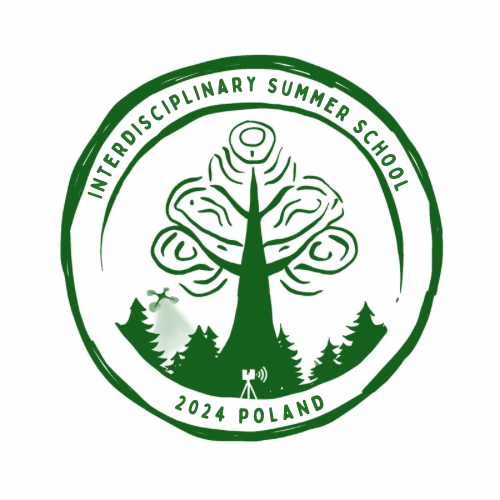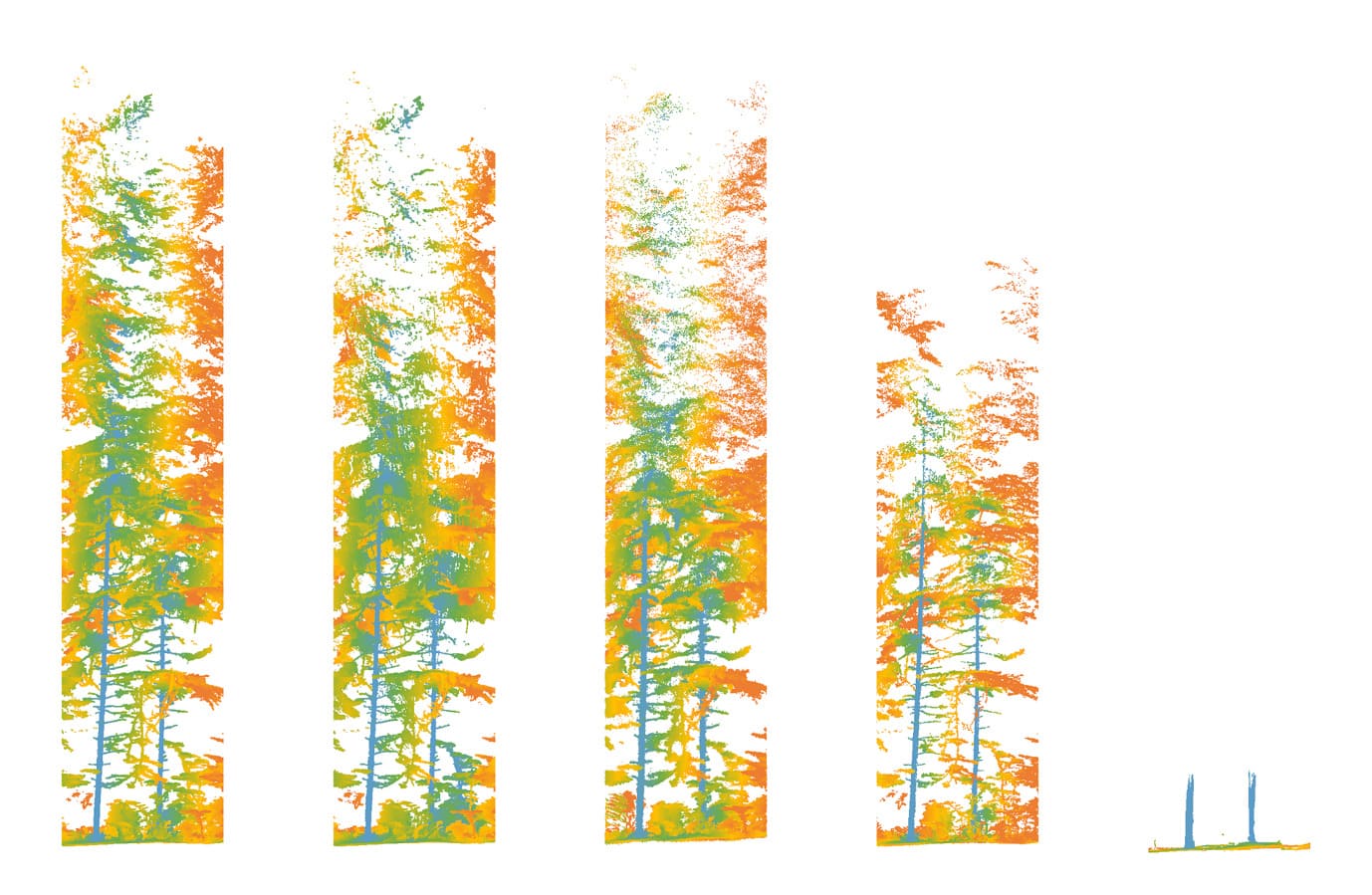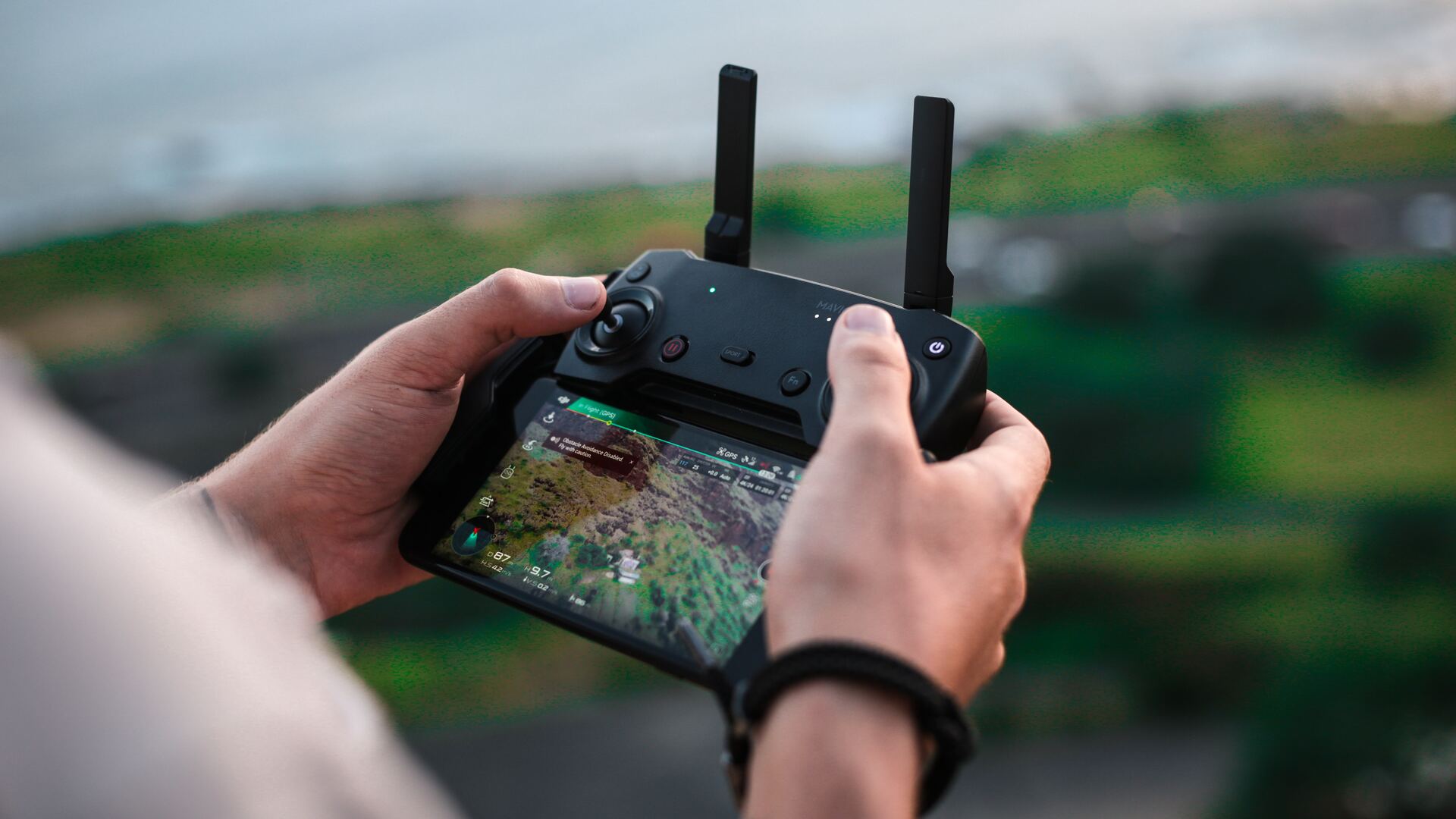Open call
The deadline for the first round of applications is 8th May
We are inviting the potential applicants to propose:
- The topic of STSM;
- STSM Location;
- Expected duration and season;
- Estimation of all the expenses.
If you do not have any proposal…we prepared something for YOU!
We have asked four different hosts to prepare four interesting proposals for you. If you find them interesting, do not hesitate and apply by email (erika.kozamernik@gozdis.si) by May8th, 2022. Each applicant is requested to send (i) a short motivation letter with the reliable references and knowledge based on the chosen STSM and (ii) one page CV. This information will be used to decide which applicants will be accepted.
STSM 1
Topic: The compilation and testing of existing publicalgorithms/software/implementations for point cloud processing in forestry.
Description: One of the main objectives of WG3 of the 3DForEcoTech COST Action is to create a comprehensive database of algorithms/software that automate (or deal with) the inventory and characterization of close-range point clouds from forest plots. In line with this, he main objective of this STSM is to start the compilation and testing of existing public algorithms/software/implementations for point cloud processing in forestry that are meaningful to this Cost Action. Also, a subsequent objective is to contribute to a review/perspective paper that compiles all the algorithms considered, and highlights knowledge operative gaps and possible future trends. The candidate can expect the following: 1) Gathering new knowledge about state-of-the-art public algorithms for point cloud processing in forestry, 2) expanding your research network, working with researchers within and out of the Cost Action, 3) the opportunity to be one of the leading authors in the review/perspective paper, 4) leading your own small research project, 5) exploring further funding and collaboration opportunities, 6) working with a great team in a beautiful place in the Northwest of Spain.
The background of the candidate: Candidates should be familiar with the use of dense terrestrial point clouds, basic concepts of forest inventory and structure, running algorithm implementations in different programming languages (at least R and Python, and other desirable: e.g. Matlab), systematic bibliographic and script/algorithm search written and spoken English.
Location: University of Oviedo (Spain), Group of Cartographic Engineering, Geodesy and Photogrammetry (Campus de Mieres), with Dr Carlos Cabo. The applicant will also be collaborating with Dr Sruthi Krishna Moorthy Parvathi and other WG3 participants.
Expected period: two months in Spring/Summer2022
Estimation of the expenses: 3500€
STSM 2
Topic: Extending the use of very-high-density UAV-LiDAR in forest inventories: a case study in the dolomites.
Description: Laser scanner systems for unoccupied aerial vehicles (UAVs) have great potential for application in forest inventories (FI). UAVs provide different advantages toward other platforms, including i) the manoeuvrability in complex terrains; ii) the flexibility to be operated at the desired timing for prompt data collection over target areas (e.g., after damage or harvest); iii) the capability of collecting very-high-density point clouds. Nevertheless, operational use of UAV-LiDAR for FI purposes has been hampered by the lack of rapid and operational processing of the acquired data and for obtaining ancillary information. Hence, the goal of the STSM is to exploit open-source algorithms for processing very-high-density point clouds acquired from UAVs to estimate variables for forestry purposes. The retrieval will focus on standard forestry parameters (e.g., height metrics, dbh) but also on the habitat characterization (e.g., fragmentation, biodiversity, CWD). The objective will be tackled by exploiting a case study point cloud acquired in the Latemar region (Obereggen, Eastern Alps) in 2020. The area is a 4 ha Long-Term Ecosystem Research Area, and it shows a high tree species biodiversity including Norway Spruce, European Larch, Silver Fir and Stone Pine. The main goal of the STSM is to fin outhow accurate are available algorithms for retrieving standard forestry parameters in heterogeneous forest ecosystems and how can we characterize the habitats from very-high-density point clouds.
The background of the candidate: She/he should be familiar with the LiDAR technology and must be fluent with dedicated processing packages either in R or Python. In addition, the candidate should be motivated to invest time beyond the STSM to achieve a publication in about six months from the visit.
Location: San Michele all’Adige (National Research Council – Institute of BioEconomy, Chiara Torresan) and eventually Bolzano (Free University of Bozen-Bolzano, Enrico Tomelleri), Italy.
Expected period: three weeks between September and October 2022 (for data processing and draft an article).
Estimation of the expenses: 2000-2500 €
STSM 3
Topic: Three-dimensional forest structural complexity from TLS or UAV data.
Description: This STSM will explore ways to characterise three-dimensional forest structural complexity from existing point clouds collected by TLS, UAV-LS or UAV-SfM for forests across Europe. Whilst computationally and time-demanding individual-based approaches to characterise forest stands are well understood, the value of whole-volume and whole-stand processing to extract ecologically meaningful information is less well known. During the STSM the participant will have the opportunity to work in a group developing ML and AI-based methods for automating ecological metric extraction from these data. Specific questions are flexible and will be agreed with the PI in advance of the visit, but may draw from ideas around structural-functional diversity relationships, habitat complexity or diversity-light gradients.
The background of the candidate: A successful applicant should be computationally competent, with, as a minimum, experience in working in Python and ideally also Point Cloud Library with large datasets. They should be also motivated to invest time beyond the STSM to publish the outcomes of the work in around six months of the visit.
Location: Dr Emily Lines Research Group, Department of Geography, University of Cambridge, Cambridge UK.
Expected period: 2-3 weeks in September 2022.
Estimation of the expenses: 3400 €
STSM 4
Topic: Collection of metadata information on high resolution airborne lidar data available over Europe and building a platform showing this information.
Description: The goal of Working group 2 of the 3DForEcoTech COST action is to create a time series of very high resolution canopy products of the whole of Europe using a data fusion approach of available high resolution airborne/UAV lidar datasets, spaceborne lidar and other remote sensing datasets. The first step to this end is the collection of metadata information on all available airborne lidar datasets across Europe. This information will be solicited from all the COST Action members and presented in an online platform. This online platform will be a visual representation of the location of the available dataset and provide the information on the metadata parameters for each dataset. This information will be essential for the next steps of the WG actions that ultimately will lead in the fusion of all available datasets to create a very high-resolution canopy height product of Europe.
The background of the candidate: not required
Location: Austria or Poland
Expected period: 6 weeks; from mid-June until the end of July
Estimation of the expenses: 2550 €






